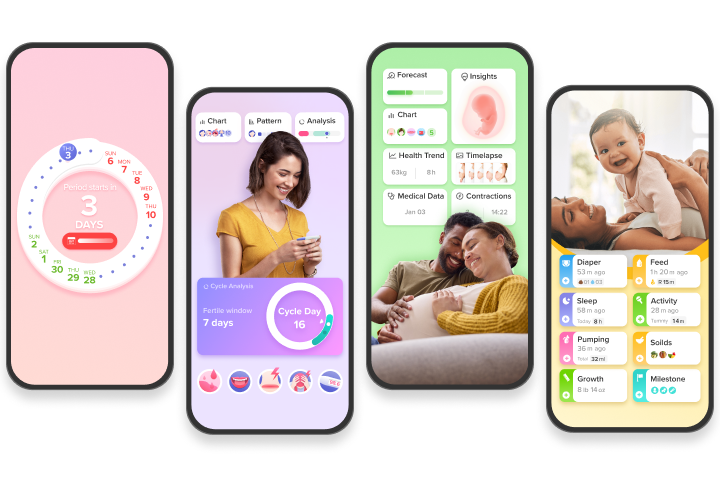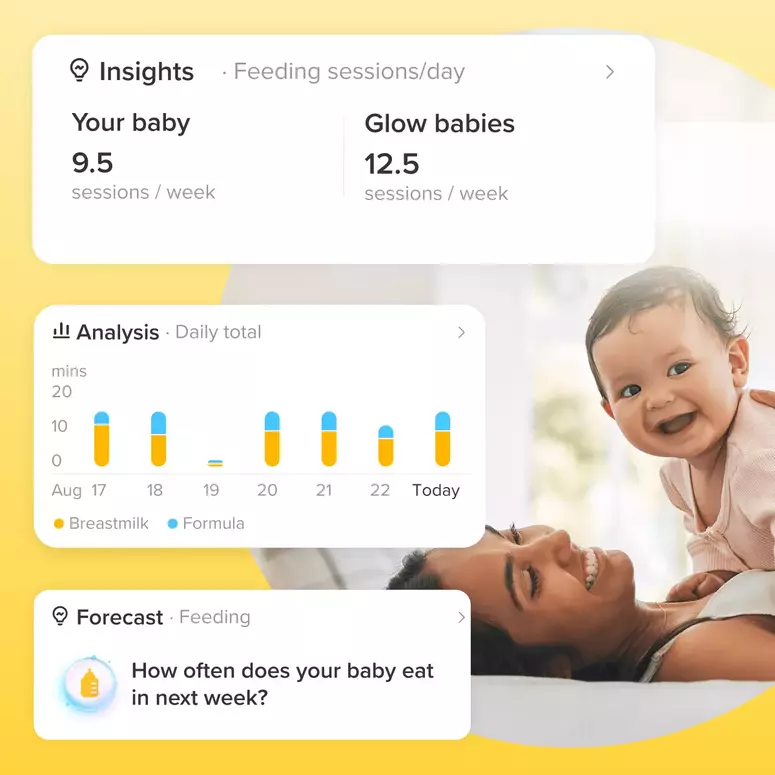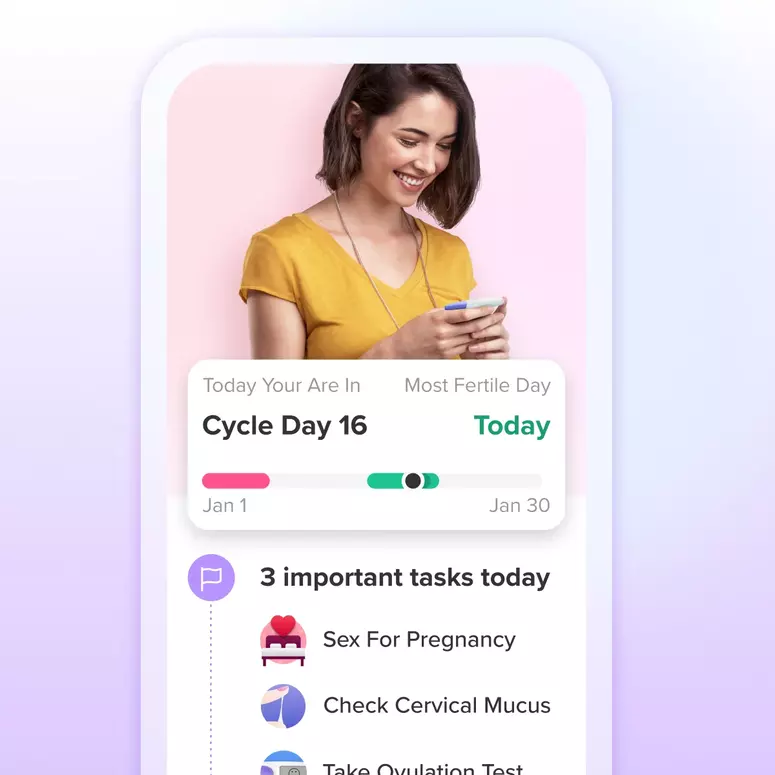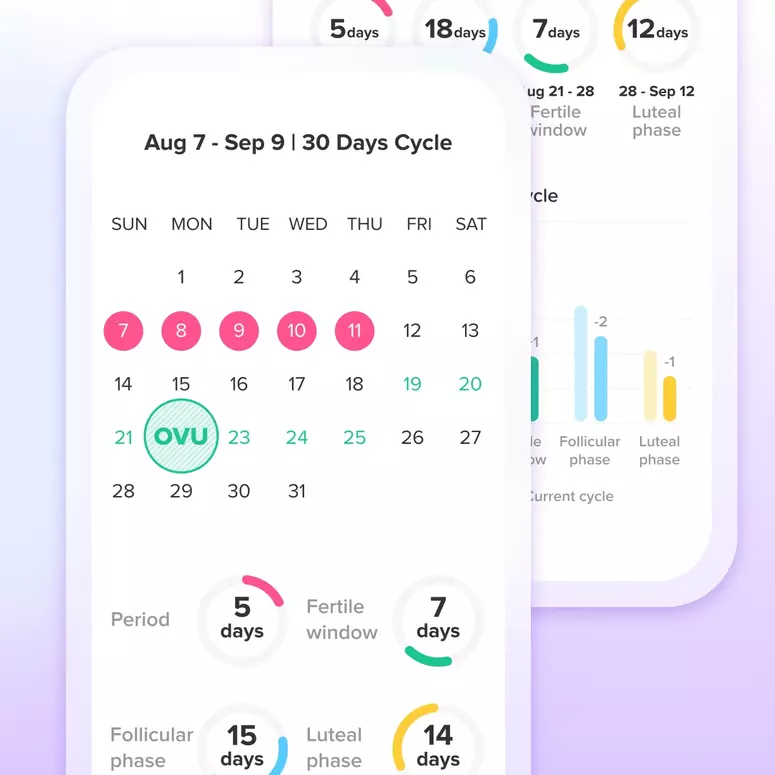WARNING by the AAP, must read!
Do not put plastics in the microwave or dishwasher, and no BPA free does not equal safe.
The AAP suggests parents "avoid microwaving food or beverages (including infant formula and pumped human milk) in plastic, if possible", don't put plastics in the dishwasher, and use containers made from alternative materials like glass or stainless steel whenever possible. According to the AAP, "heat can cause plastics to leak BPA and phthalates into food". If you really need a plastic container, check the recycling code on the bottom and avoid codes 3 (phthalates), 6 (styrene), and 7 (bisphenols), and choose ones labeled as "biobased" or "greenware" instead.
BPA-Free Does Not Mean Safe. Most Plastics Leach Hormone-Disrupting Chemicals.
We’re supposed to avoid plastics #3 (PVC), #6 (polystyrene), and #7 (polycarbonate). Polycarbonate is the plastic that is made from the chemical Bisphenol-A (BPA). And BPA has a bad rap because it’s a hormone-disruptor. Walk down the aisles of any drug store these days, and you’ll find rows of plastic products labelled BPA-Free. BPA-Free water bottles, baby bottles, pacifiers…
In fact, entire shelves of baby products are labelled BPA-free. Are they safe?
Plastic #1 (polyethylene terephthalate), the type of plastic that disposable water bottles are made of, is not made with BPA either. Is it okay to drink from?
My response: we can’t be sure any plastic is safe as long as we don’t know what chemicals are in the plastic and as long as those chemicals have not been tested. I’ve said this over and over again. And I’ve pointed out chemical additives that have been found to leach from “safe” plastics like polypropylene.
Now, a University of Texas study published last month in Environmental Health Perspectives confirms that hormone-disrupting chemicals leach from almost all plastics, even BPA-free plastics.
BPA is not the only chemical with Estrogenic Activity.
BPA concerns us because it has Estrogenic Activity (EA), meaning it mimics the hormone estrogen in the body. According to the study authors, chemicals with EA have been linked to all kinds of health problems, including
early puberty in females, reduced sperm counts, altered functions of reproductive organs, obesity, altered sex-specific behaviors, and increased rates of some breast, ovarian, testicular, and prostate cancers.
Theorizing that BPA was not the only EA chemical, the authors of the study tested 455 everyday products of all different kinds of plastic from various retail sources to determine if they had estrogenic effects. Products included food wrap, deli containers, hard or flexible packaging, plastic bags, baby bottles, and reusable plastic water bottles. Most of these products were BPA-free. But what other chemicals were in them? Just like you and I, the researchers didn’t know. We are, after all, talking about the plastics industry and their secrets.
The exact chemical composition of almost any commercially available plastic part is proprietary and not known. A single part may consist of 5-30 chemicals, and a plastic item containing many parts (e.g., a baby bottle) may consist of 100 or more chemicals, almost all of which can leach from the product, especially when stressed.
So, to test the products they had gathered, the researchers first extracted chemicals from the various plastic products using different solvents to mimic the types of foods/beverages the plastics might contain, and then they exposed those extracted plastic chemicals to MCF-7 cells, a type of human breast cancer cell that is receptive to estrogen. If the cells multiplied in the presence of the leached plastic chemicals, the researchers knew those chemicals were estrogenic and therefore potentially harmful to humans.
Their finding? Almost all of the plastic products tested leached EA chemicals.
( Myplasticfreelife )
We are using glass bottles, dishwasher tablets without chemicals and stainless steel plates for the little one instead of plastic, what are you doing to limit the intake of toxins?

Achieve your health goals from period to parenting.




